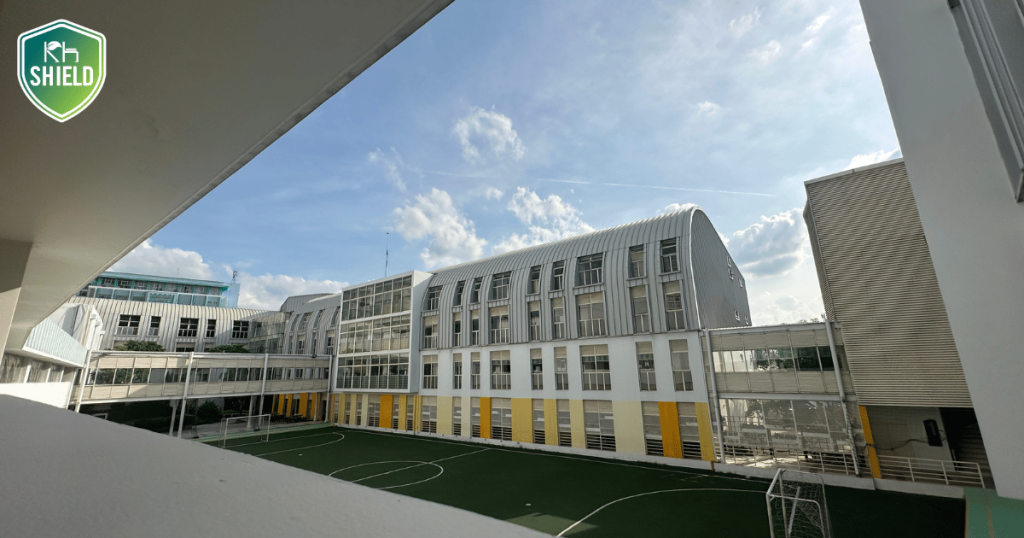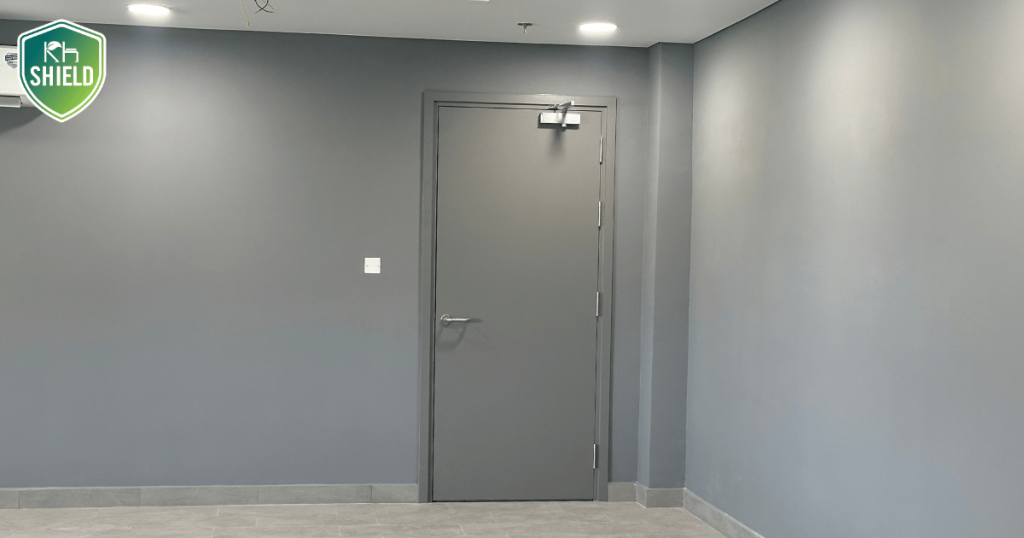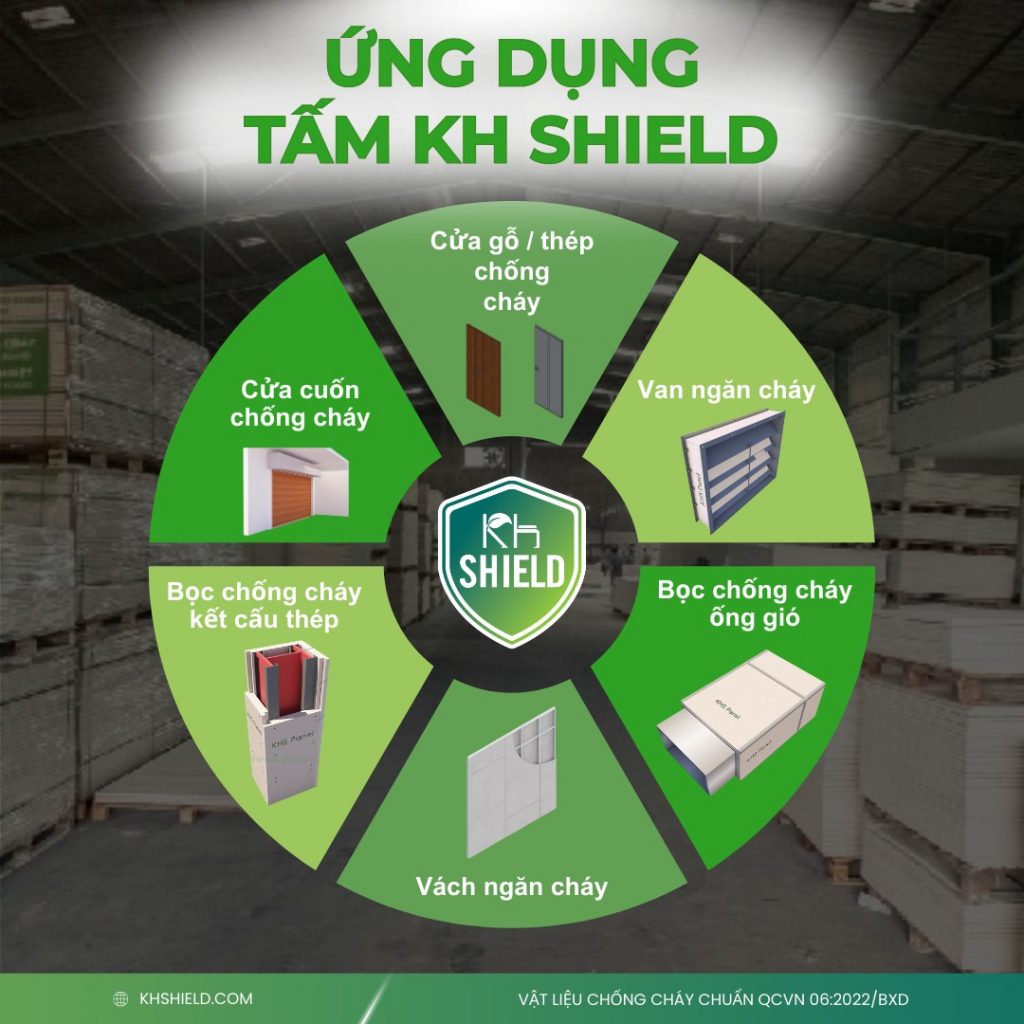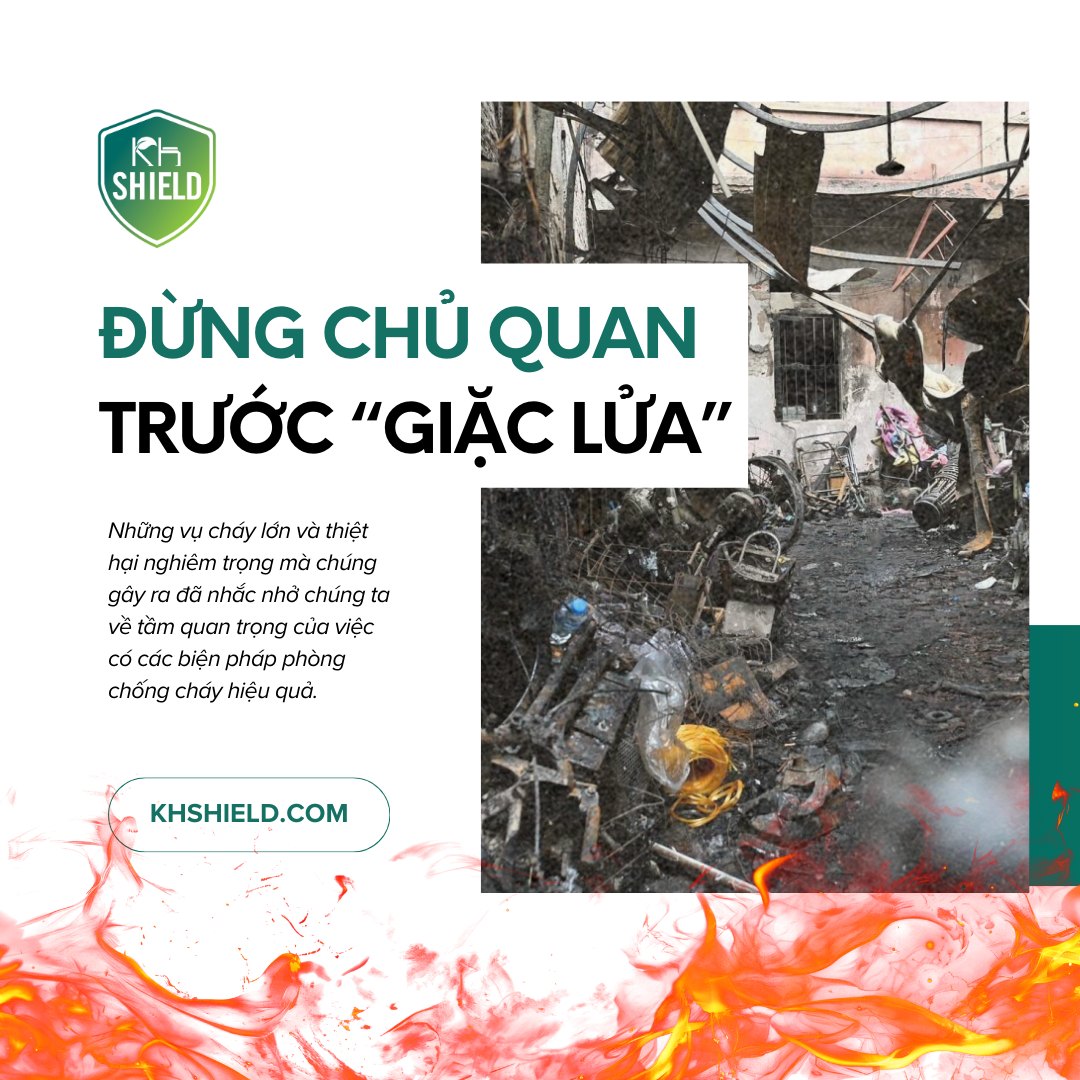
Thematic
International Standards In Fire Prevention And Fighting You Need To Know
Fire protection (FPF) is an important field to protect life and property from the risks caused by fire. To ensure maximum safety, international standards in FPF are established to guide and prescribe necessary measures, methods and equipment for FPF. In this article, we will learn about international standards in FPF and related keywords to help you better understand this topic.

Renaissance Saigon International School project uses fireproof doors using KH Shield panels
1. International Standards in Fire Protection
NỘI DUNG BÀI VIẾT
- 1.1. NFPA (National Fire Protection Association) Standards
- 1.2. ISO (International Organization for Standardization) Standards
- 1.3. BS Standards (British Standards)
- 1.4. EN Standards (European Norms)
- Selection of Fire Protection Materials
- Fire Doors
- Fire Retardant Solution
- 3.1. Periodic Training
- 3.2. Fire Prevention and Firefighting Drills
- 4.1. Fire Prevention and Firefighting System Inspection
- 4.2. Maintenance of Fire Protection Equipment
- 5.1. FireShieldPro Technology
- 5.2. Remote Monitoring System
- 6.1. Risk Management Process
- 6.2. Emergency Response Plan
- 7.1. NFPA 13: Automatic Sprinkler System
- 7.2. NFPA 72: Fire Alarm Systems and Signaling
1.1. NFPA (National Fire Protection Association) Standards
- NFPA is a non-profit organization in the United States, established with the goal of providing information and guidance on fire safety. NFPA standards include a series of regulations on the design, installation, operation and maintenance of fire protection systems. Some important NFPA standards include:
- NFPA 1: Regulations on comprehensive fire protection codes.
- NFPA 101: Regulations on life safety.
- NFPA 13: Standard on automatic sprinkler systems.
- NFPA 72: Standard on fire alarm systems and alarm signals.
1.2. ISO (International Organization for Standardization) Standards
- ISO is an international standardization organization, providing international standards in many fields, including fire protection. Some important ISO fire protection standards include:
- ISO 7240: Fire detection and alarm systems.
- ISO 14520: Gas fire protection systems.
- ISO 834: Fire resistance testing of building components.
1.3. BS Standards (British Standards)
- BS is the national standard of the United Kingdom, which includes many standards related to fire protection. Some important BS standards include:
- BS 9999: Regulations on the design, management and use of buildings to ensure fire safety.
- BS 5839: Fire detection and alarm systems.
- BS 476: Fire resistance testing methods for building materials.
1.4. EN Standards (European Norms)
- EN is a European standard, widely applied in countries of the European Union. Some important EN standards include:
- EN 54: Fire detection and alarm systems.
- EN 12845: Automatic sprinkler systems.
- EN 13501: Classification of fire resistance properties of building products and components.
2. Important Factors in Fire Protection System Design
Selection of Fire Protection Materials
The selection of fire protection materials is an important factor in fire protection system design. These materials include fire doors, fire panels, and fire protection solutions. These materials not only help prevent the spread of fire but also protect the structure of the building.
Fire Doors
Fire doors are designed to prevent the spread of fire from one area to another. There are many types of fire doors such as steel fire doors, fireproof wooden doors, and fireproof rolling doors. Fire doors for apartments are also an important factor in protecting the safety of residents.

Fireproof wooden doors at Renaissance Saigon International School project
Fireproof Panels
Fireproof panels such as FireShieldPro KHS are one of the effective solutions to protect walls and ceilings from fire. These panels are highly heat resistant and prevent the spread of fire.

KHS. FAM fireproof panel
Fire Retardant Solution
Fire retardant solution is used to treat combustible materials, increasing their fire resistance. This is an important solution in protecting materials such as wood and fabric from the risk of fire and explosion.
3. Fire Prevention and Firefighting Training
3.1. Periodic Training
Production facilities and industrial zones need to organize periodic fire prevention and firefighting training sessions for employees. This helps to improve awareness and skills in handling situations when a fire occurs, ensuring safety for themselves and their colleagues.
3.2. Fire Prevention and Firefighting Drills
Fire prevention and firefighting drills are the best way to test the effectiveness of fire prevention measures that have been implemented. Through drills, employees can become familiar with escape procedures and how to use fire prevention and firefighting equipment.
4. Periodic Maintenance and Inspection
4.1. Fire Prevention and Firefighting System Inspection
Fire prevention and firefighting systems need to be inspected periodically to ensure they are always in good working condition. Inspections include checking fire detectors, sprinkler systems, and other alarm devices.
4.2. Maintenance of Fire Protection Equipment
Fire protection equipment such as fireproof steel doors, fireproof rolling doors, and fire alarm systems need to be maintained periodically. This helps to detect and fix failures in a timely manner, ensuring that the equipment always operates effectively when needed.
5. Applying Modern Technology in Fire Protection
5.1. FireShieldPro Technology
FireShieldPro is one of the most advanced technologies in the field of fire protection. Using FireShieldPro KHS fireproof panels can enhance the fire resistance of the building, protecting the safety of people and property.
5.2. Remote Monitoring System
The remote monitoring system helps to manage and monitor the fire protection status of the entire building. This system provides accurate and timely information about any incidents that occur, helping to control and handle situations quickly and effectively.
6. Building a Safety Management Process
6.1. Risk Management Process
Develop and implement a fire risk management process to identify and control risk factors during production and operation. This process needs to be updated regularly to suit the actual situation.
6.2. Emergency Response Plan
An emergency response plan is an important part of the safety management process. This plan needs to be detailed and specific, including steps to handle when a fire occurs, escape plans, and contact with the fire department.
7. Specific International Standards You Need to Know
7.1. NFPA 13: Automatic Sprinkler System
NFPA 13 standard regulates the design, installation, and maintenance of automatic sprinkler systems. This is one of the most important standards in fire protection, helping to prevent the spread of fire and protect property.
7.2. NFPA 72: Fire Alarm Systems and Signaling
NFPA 72 is a standard for fire alarm systems and signalling, including regulations
With KH Shield’s commitment to providing high-quality products and services, we can trust in a safer future. Contact KHS for advice and choose your project’s most suitable fire protection solutions. Please contact KH Shield via Hotline: 0909 668 666 for advice from us.
Update the latest topic
Update highlights

Consultation on fire and explosion prevention solutions














